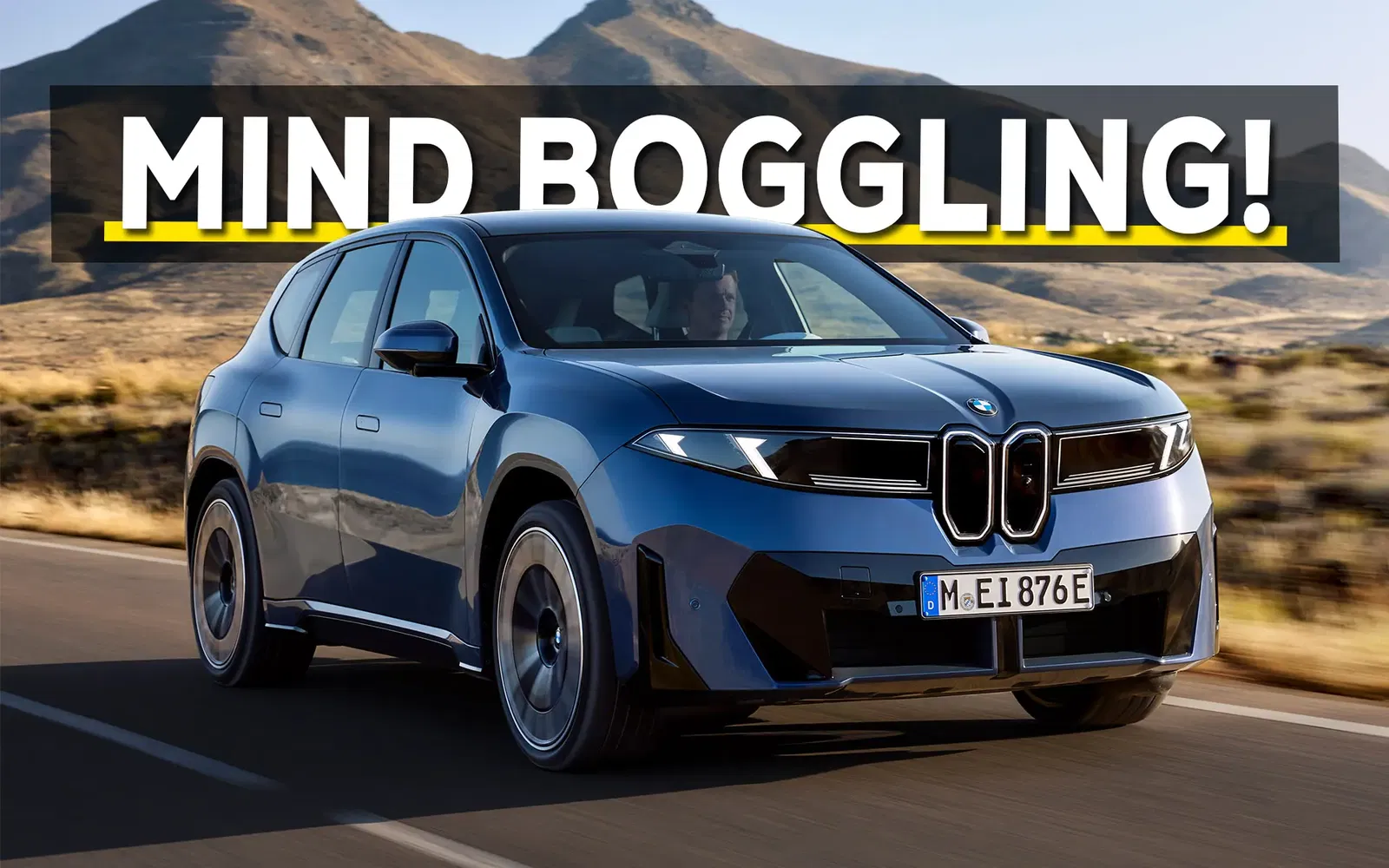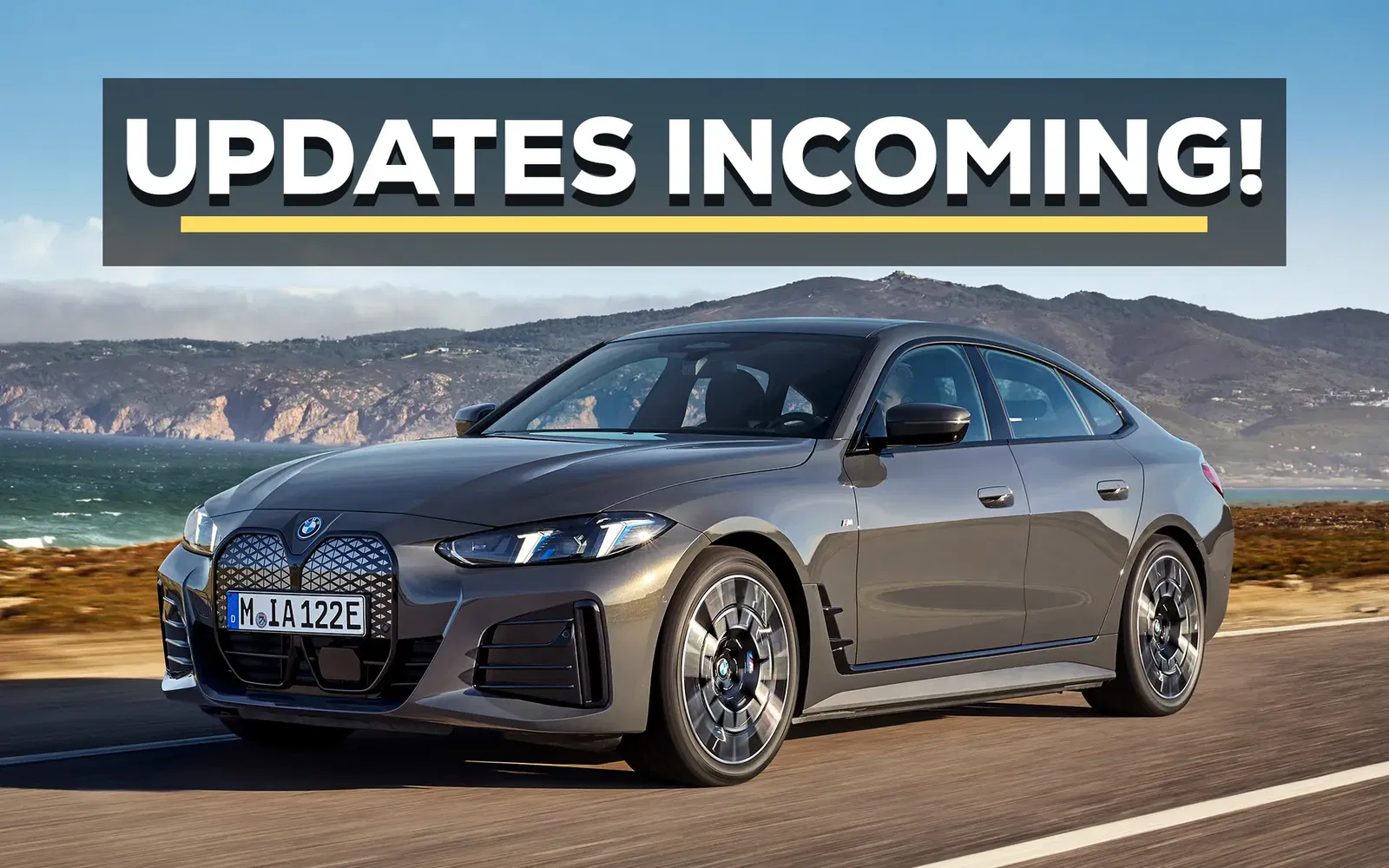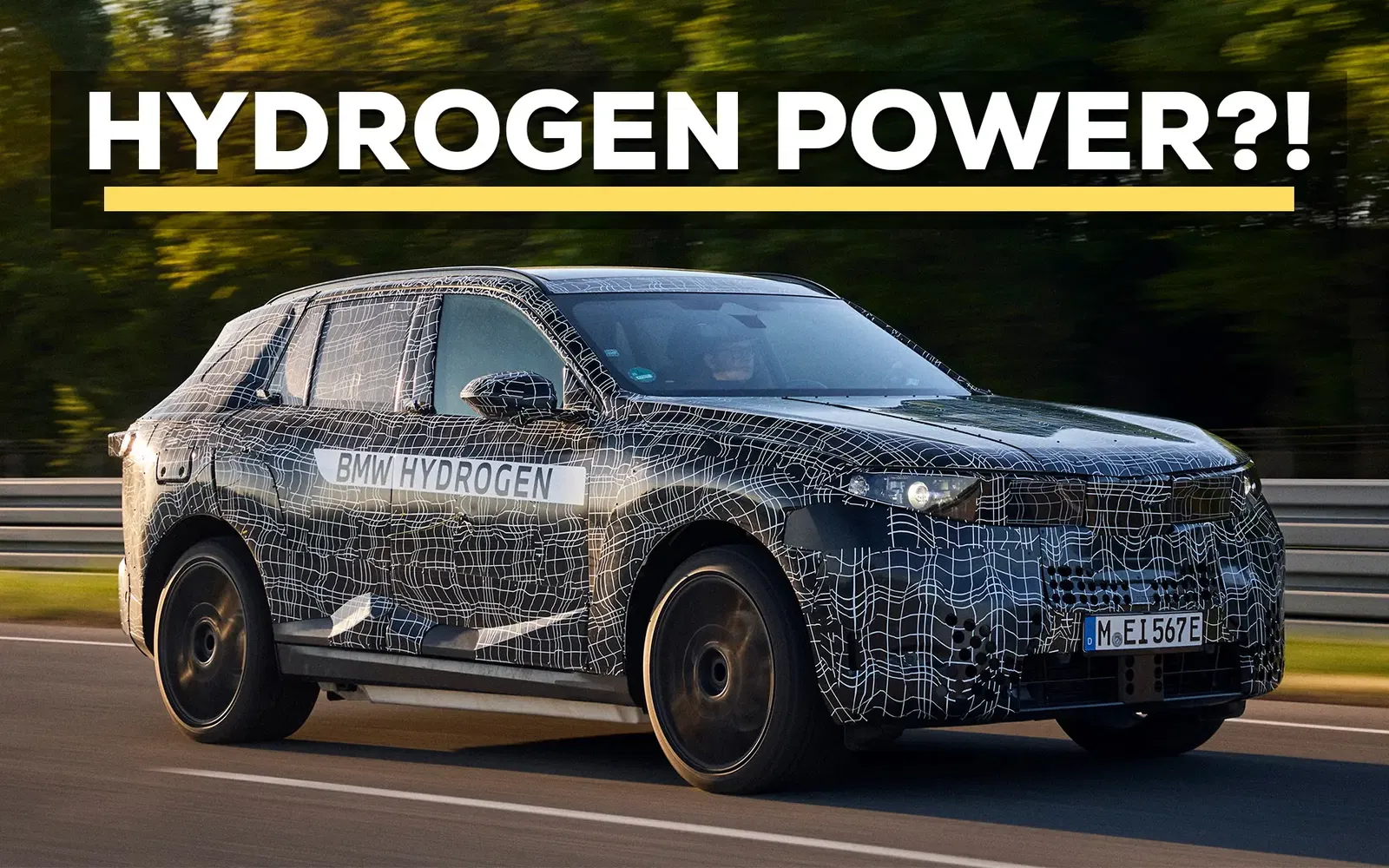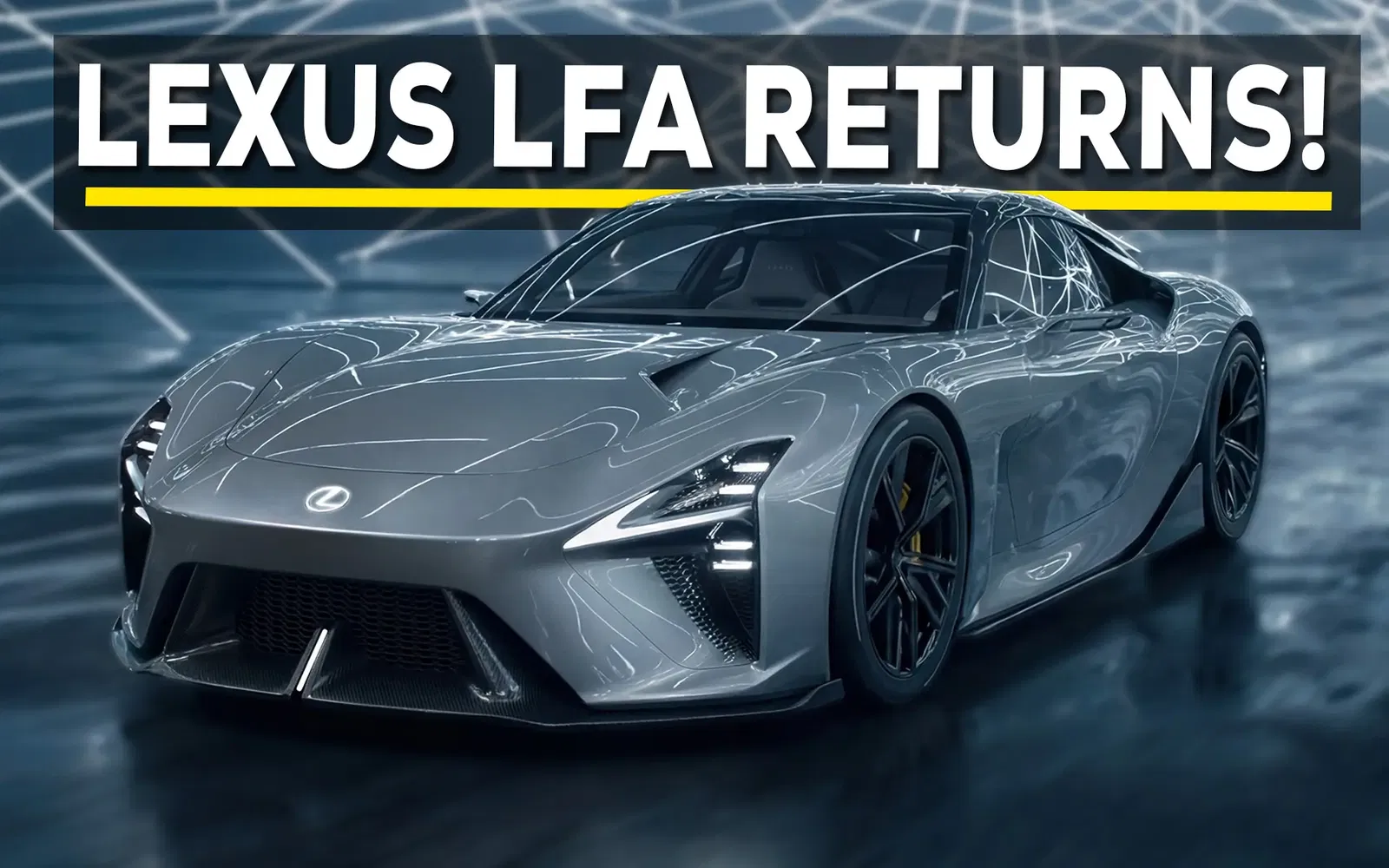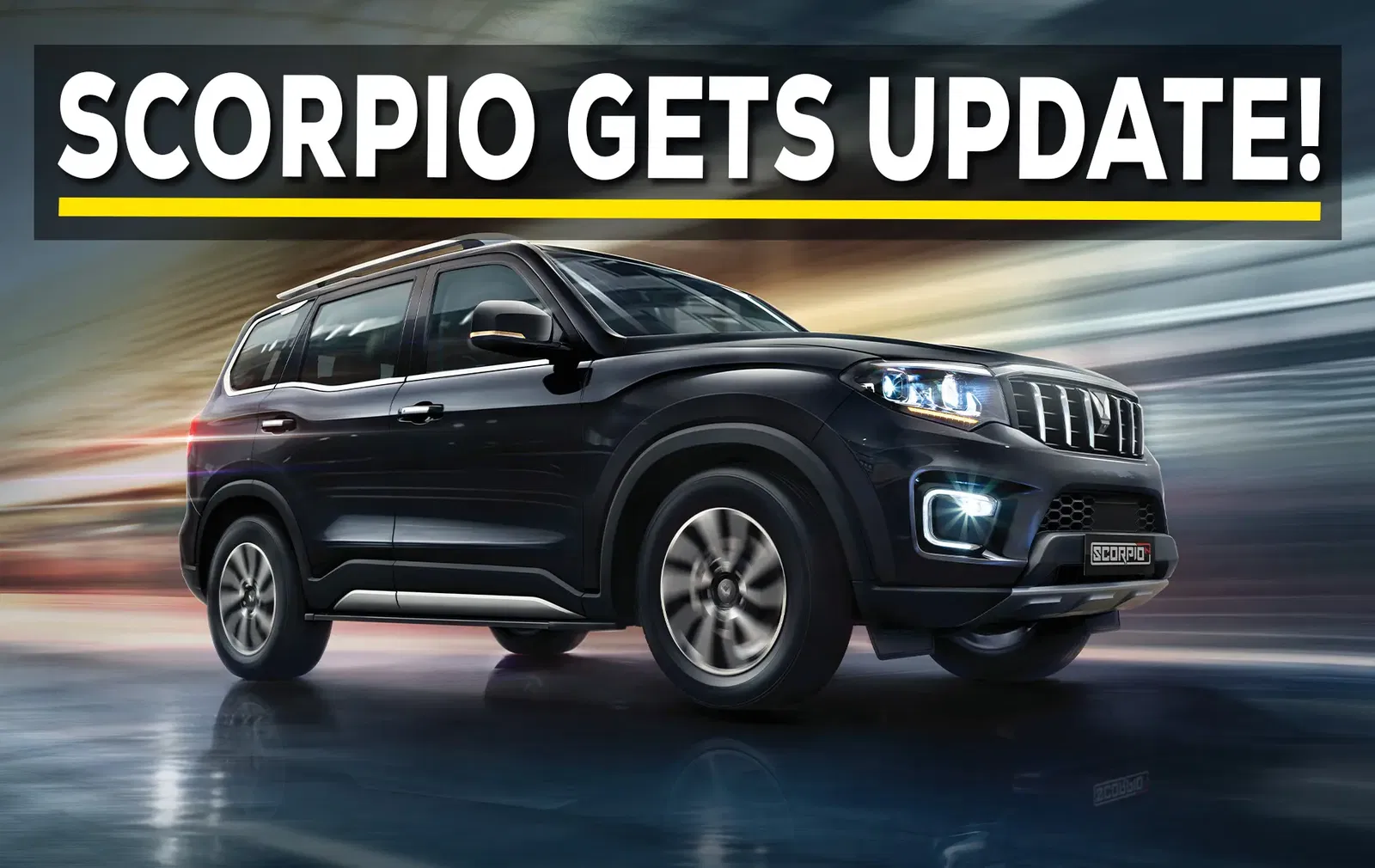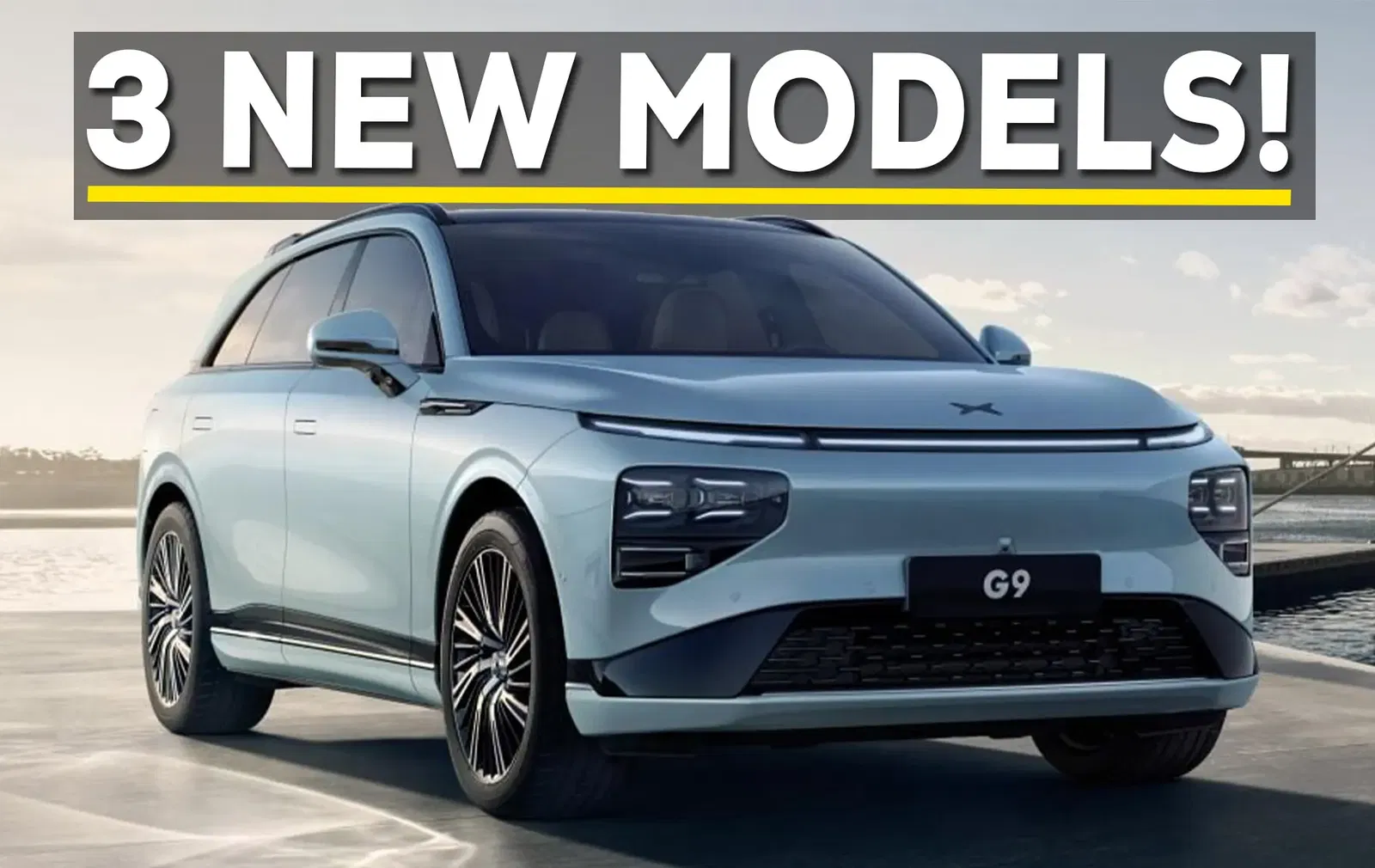BMW has used the IAA Mobility show in Munich to debut the new iX3, the first vehicle in its Neue Klasse electric platform.
The mid-size SUV will enter production later this year at BMW’s Debrecen plant in Hungary, with Australian-bound vehicles set to commence production in early 2026 and local deliveries confirmed for mid-year.
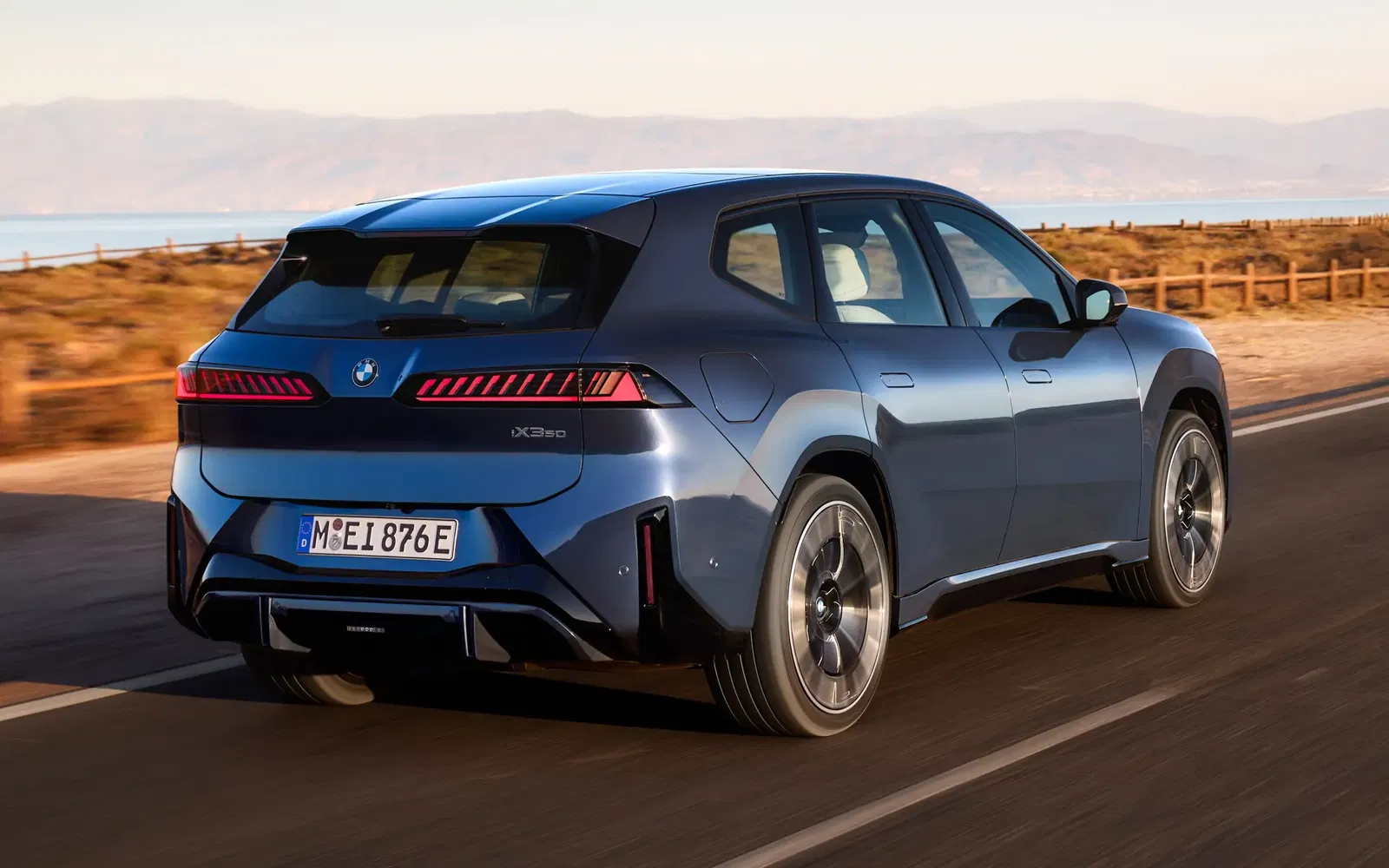
The iX3 50 xDrive will be the launch variant for Australia. It is powered by BMW’s sixth-generation eDrive system, which introduces cylindrical-cell battery technology, 800V architecture, and dual motors providing all-wheel drive.
Total system outputs are 345kW and 645Nm, with BMW quoting a 0–100km/h time of 4.9 seconds and a top speed of 210km/h. A new 108kWh battery delivers a WLTP-rated range of up to 805km.
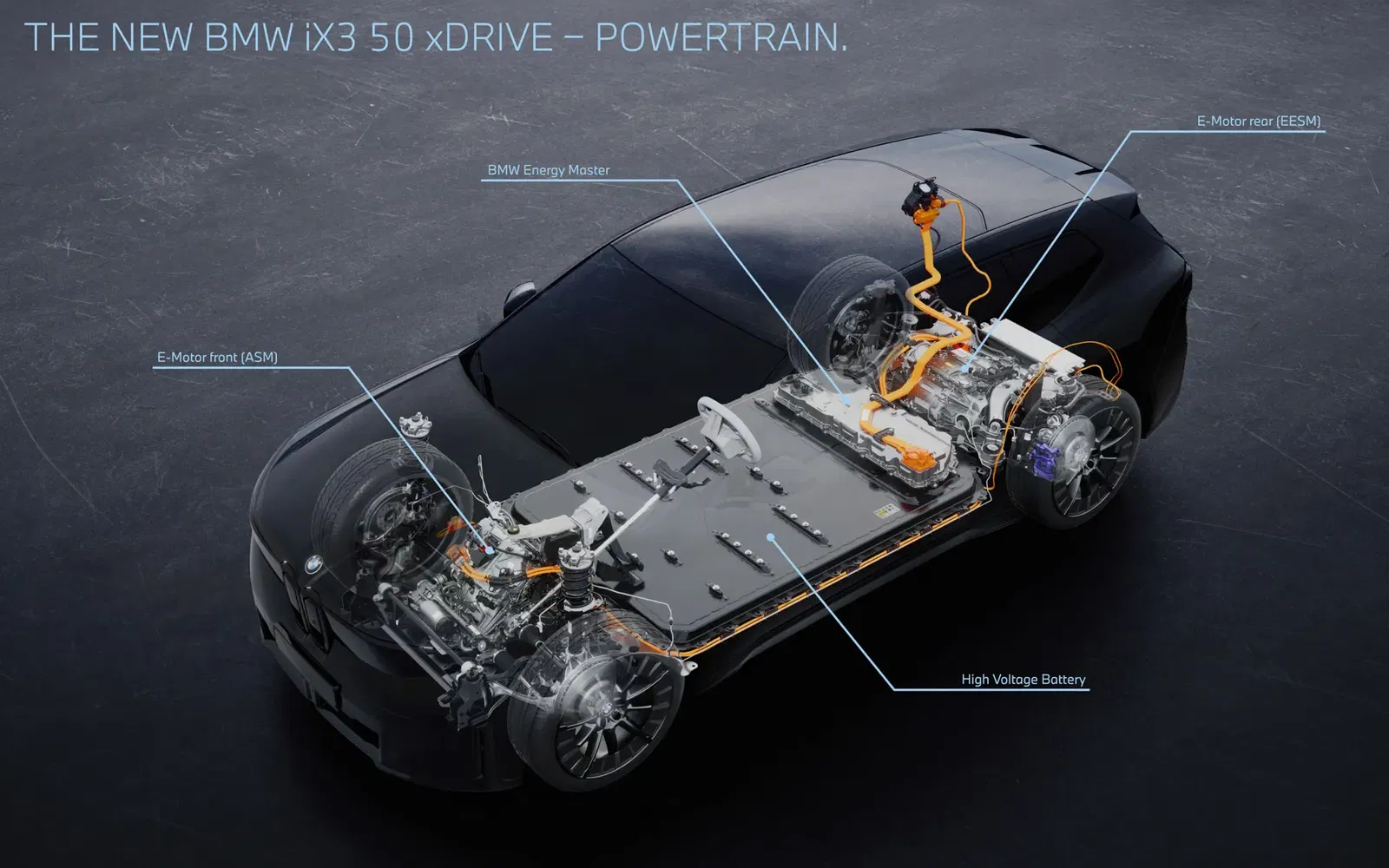
Charging performance has been upgraded significantly over the previous generation. The iX3 supports a maximum DC charging rate of 400kW, allowing more than 350km of range to be added in about 10 minutes under optimal conditions.
Charging from 10 to 80 per cent can take as little as 21 minutes. AC charging is supported at up to 11kW, enabling a full charge in approximately 11 hours.
Vehicle-to-Load (V2L) bidirectional charging will be available, with details for Australia to be confirmed closer to launch.
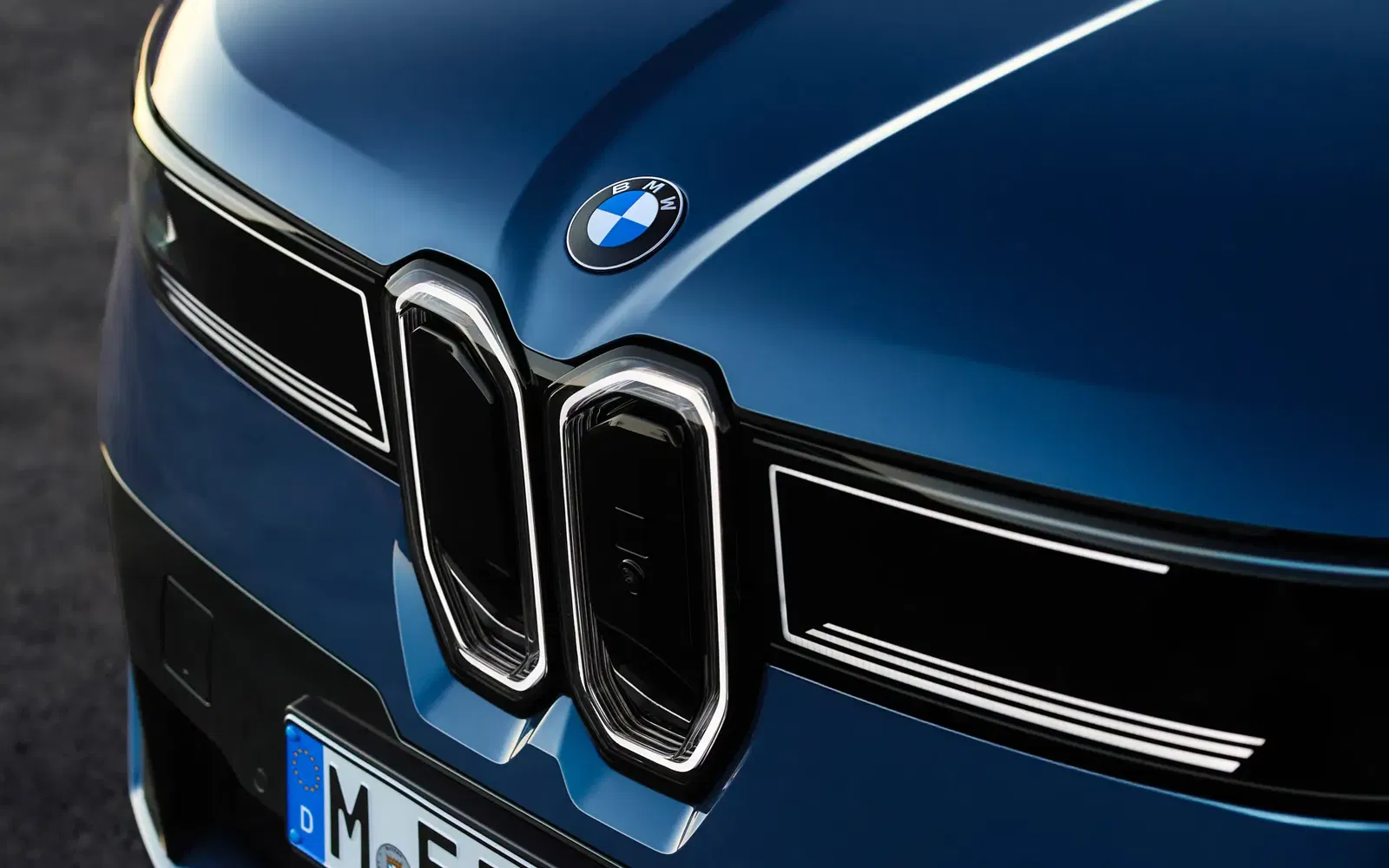
The new iX3 also debuts BMW’s latest design language. The exterior adopts upright proportions with a two-box layout, a slimmer glasshouse, flush-fitting door handles, and muscular wheel arches. Vertical LED headlights and illuminated kidney grilles reference the historic Neue Klasse models of the 1960s. Aerodynamic efficiency has been a focus, with a drag coefficient of 0.24. Wheel options will range from standard 20-inch alloys to optional 21- and 22-inch designs.
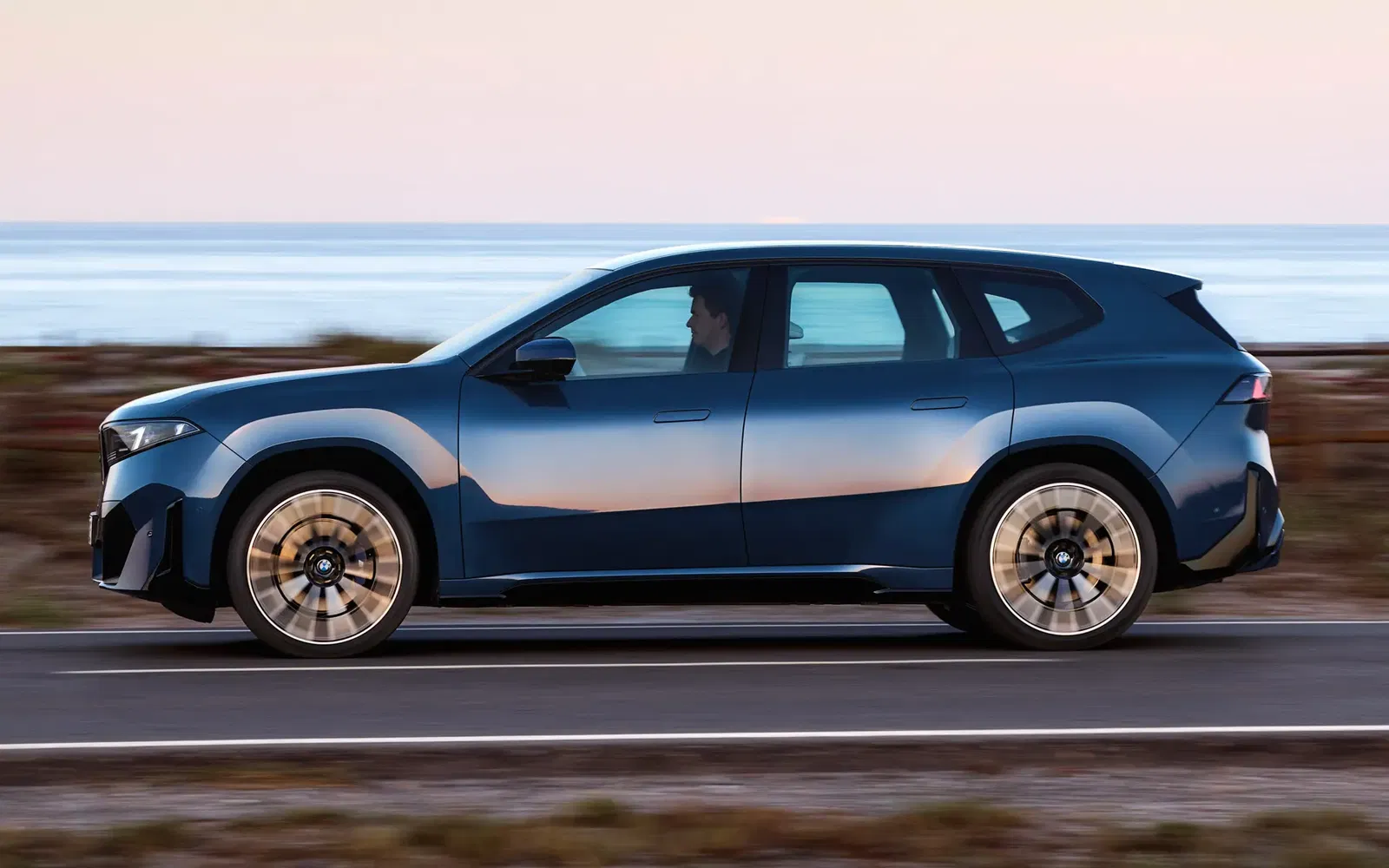
Inside, the iX3 introduces the Panoramic iDrive, which runs on BMW’s new Operating System X. The system combines a 17.9-inch central display angled toward the driver, Panoramic Vision projection across the full width of the windscreen, and a 3D head-up display.
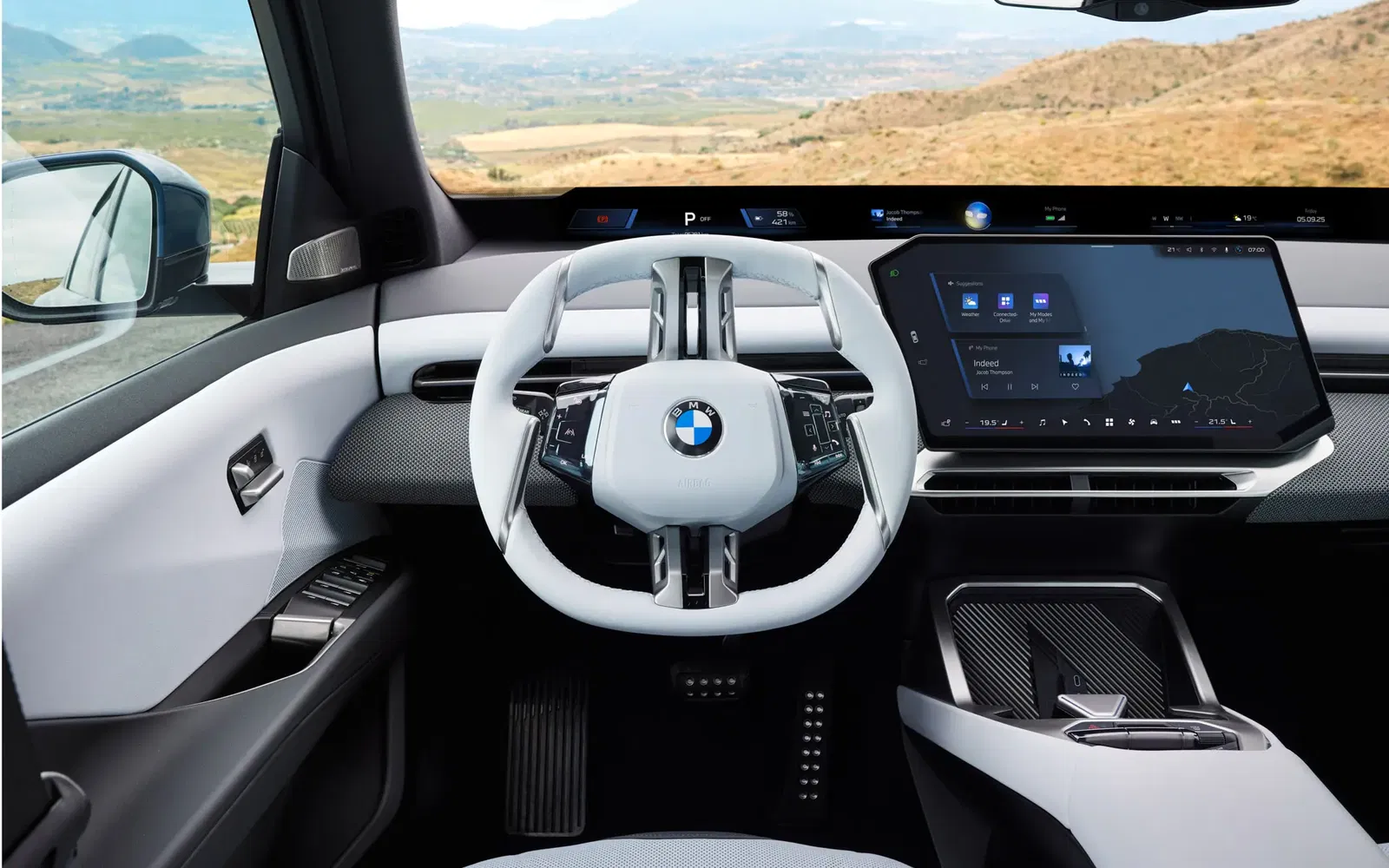
Physical or haptic buttons remain for essential controls such as indicators, wipers, and volume, while navigation, climate, and media functions are managed through touch, voice, or the multifunction steering wheel.
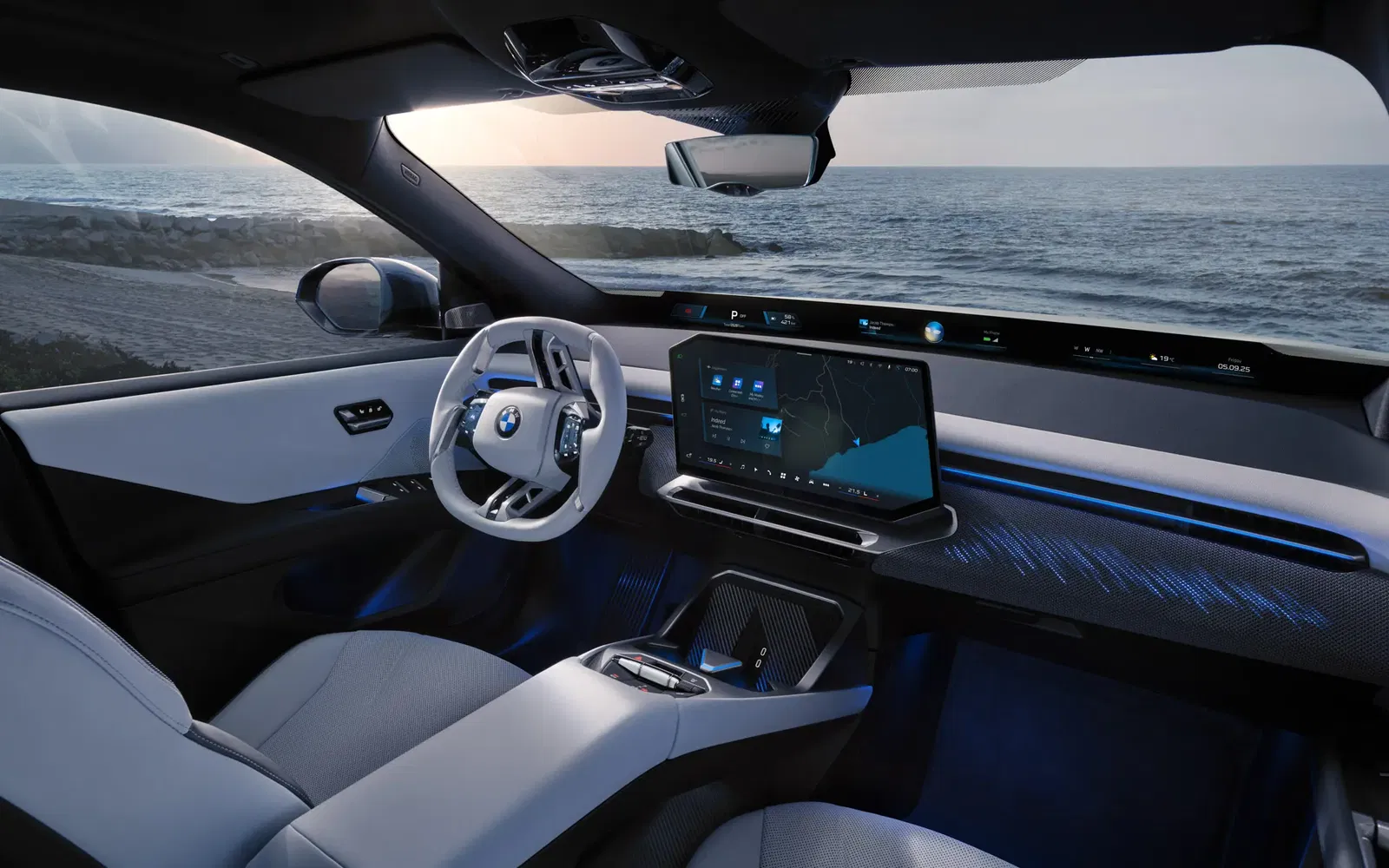
The electronics architecture has been reworked around four high-performance computers, described by BMW as “superbrains,” which separately manage driving dynamics, automated driving, infotainment, and comfort functions. These allow faster processing, over-the-air software updates, and expanded digital features.
Driver assistance technologies include adaptive cruise control, lane departure and lane change warning, exit warning, front collision warning, and automated parking.
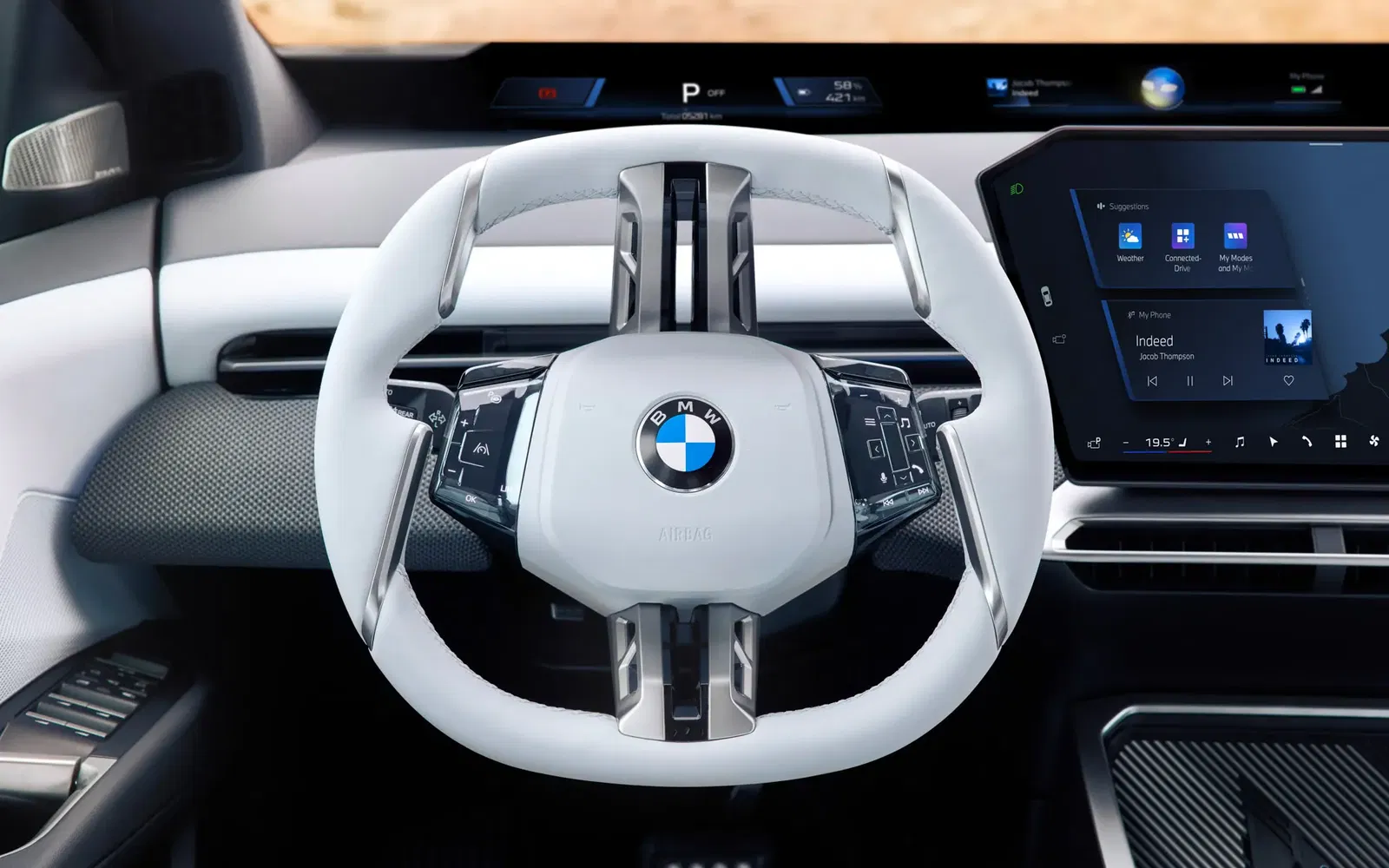
Practicality has also been considered. The iX3 provides 520 litres of luggage space, expandable to 1,750 litres with the rear seats folded, and an additional 58 litres of storage under the bonnet. Standard equipment includes a power-operated tailgate, roof rack compatibility, and a large panoramic glass sunroof with climate comfort glazing.
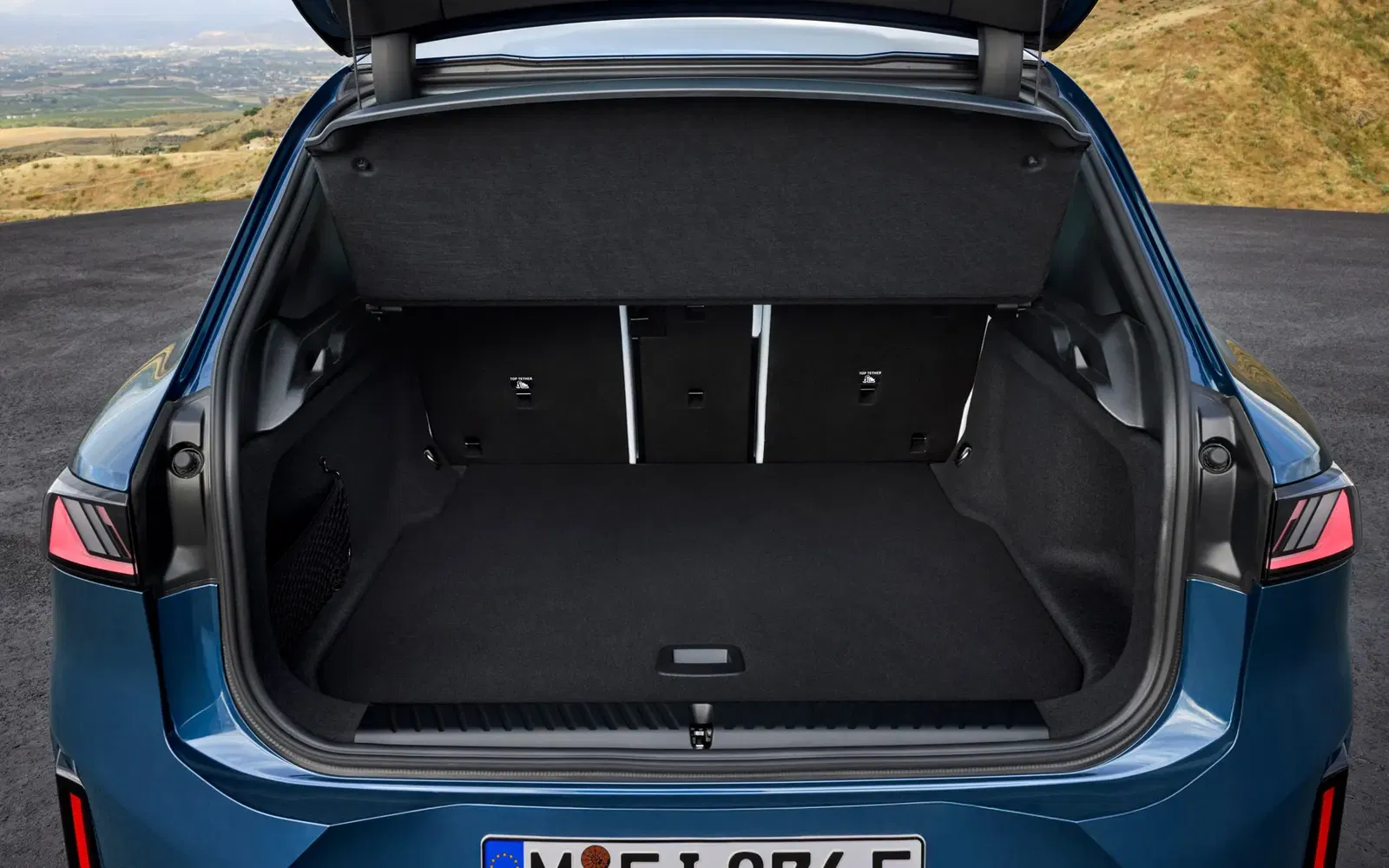
BMW’s sustainability measures extend from the vehicle to its production process. Around one-third of the iX3 is made from secondary raw materials, while recycled marine plastics, aluminium, and polymers feature throughout.
The Gen6 cylindrical battery cells have a 42 per cent smaller carbon footprint compared with the outgoing model’s Gen5 cells.
Production at the Debrecen facility will use only renewable energy, and BMW states no fossil fuels will be required during regular operation.
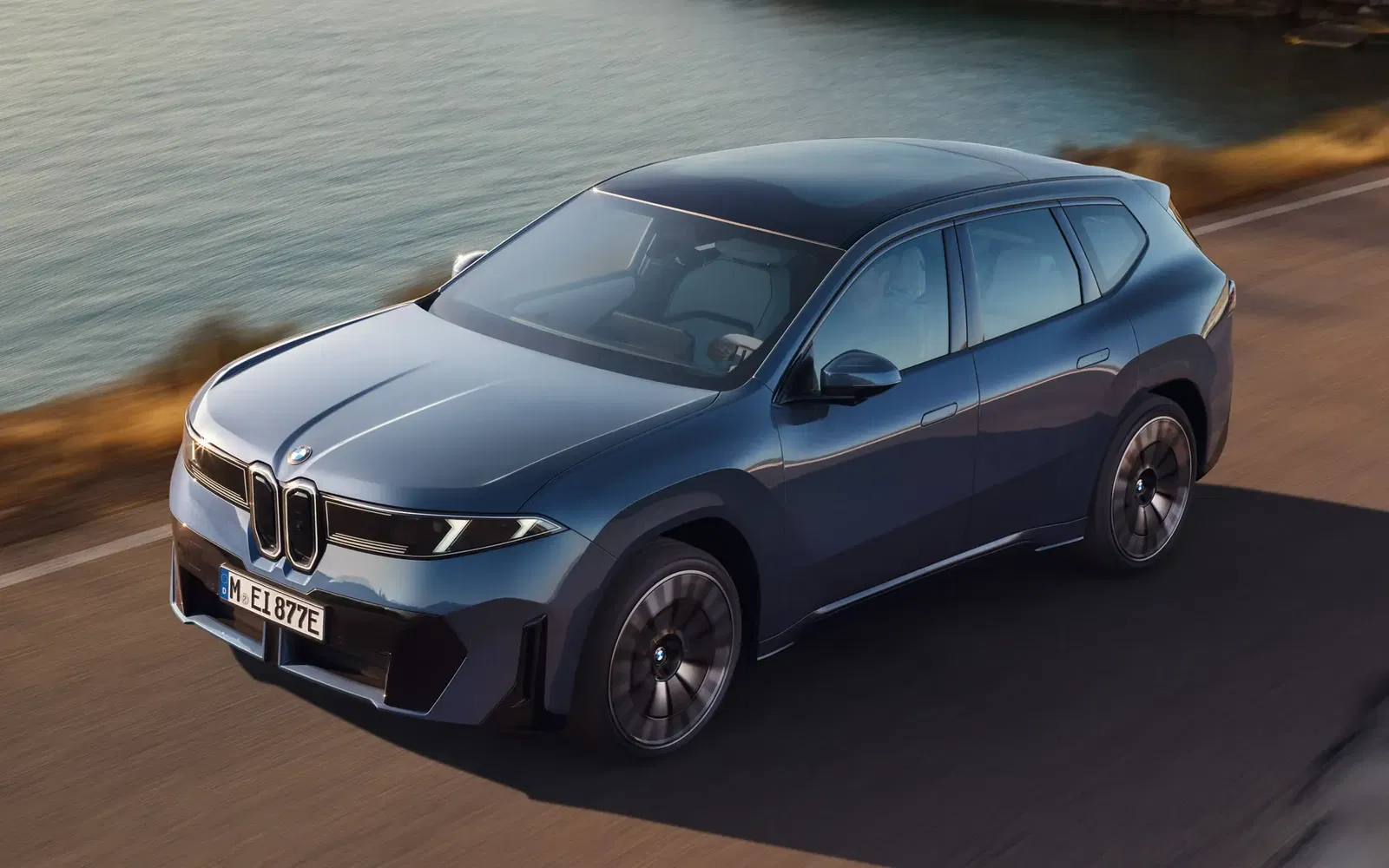
Over its lifecycle, the iX3 50 xDrive is expected to produce 34 per cent less CO2e emissions than its predecessor, based on 200,000km of use.
When charged solely with renewable energy, BMW estimates the emissions breakeven point against a combustion-powered model is reached after 17,500km of driving.
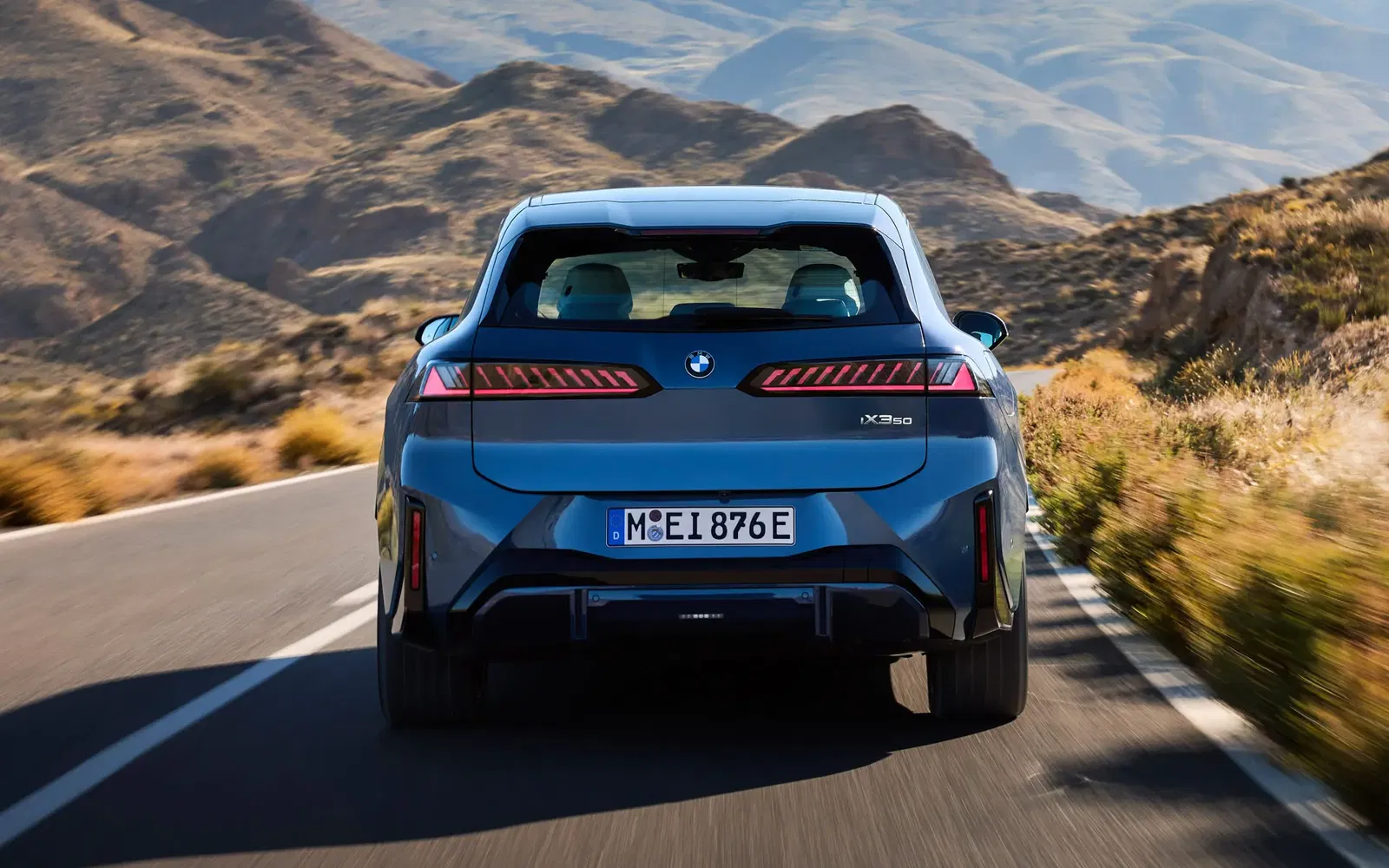
For Australia, the iX3 50 xDrive will be the first variant available, with further versions expected later. Pricing and detailed local specifications will be announced closer to launch.
2026 BMW iX3 50 xDrive Specifications
- Powertrain & Performance
- Dual-motor all-wheel drive (xDrive)
- Outputs: 345kW and 645Nm
- 0–100km/h in 4.9 seconds
- Top speed 210km/h
- Battery & Range
- 108kWh usable high-voltage battery
- Cylindrical cell structure, 800V architecture
- WLTP range up to 805km
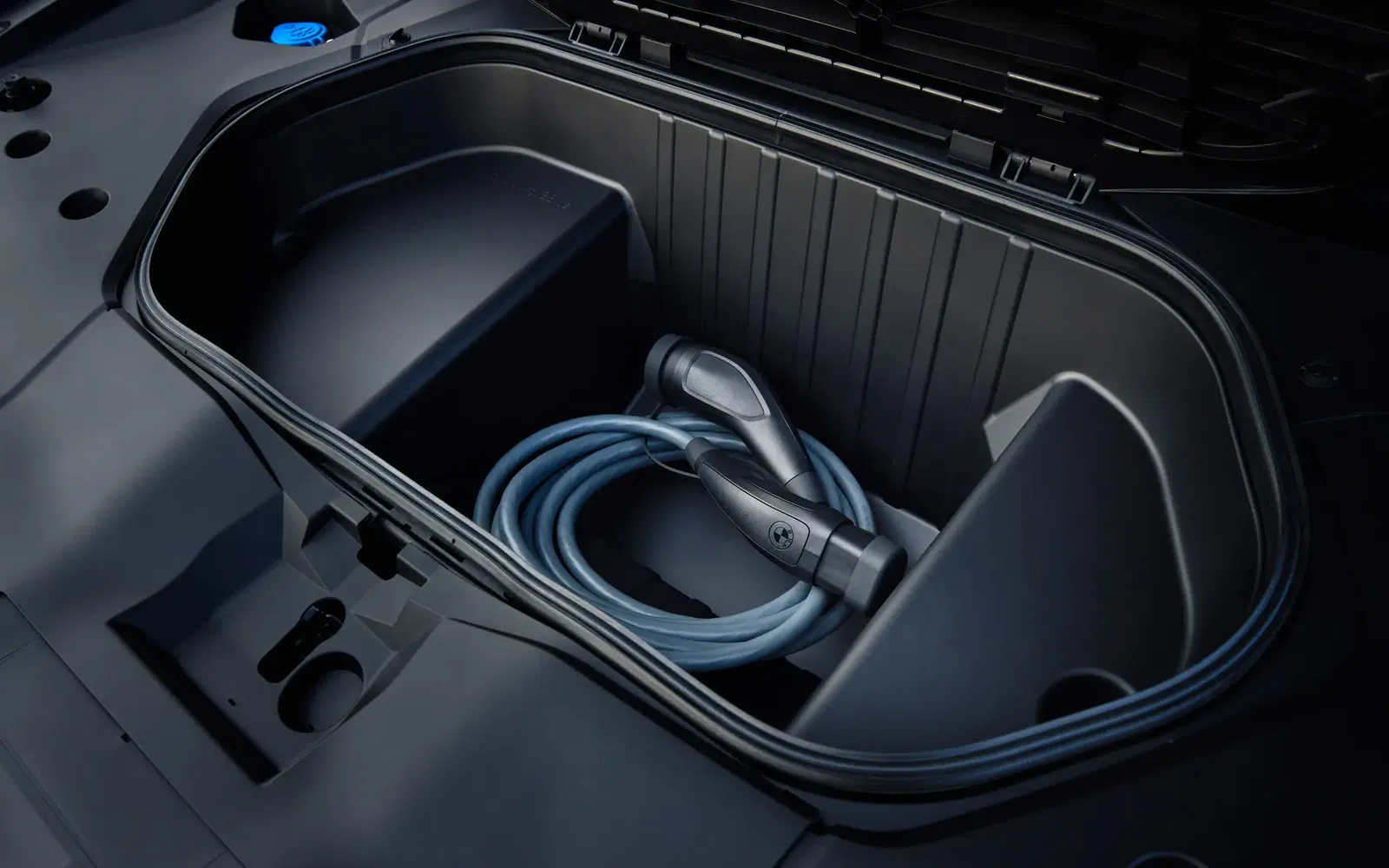
- Charging
- 400kW maximum DC fast charging
- 10–80% charge in ~21 minutes
- Adds ~350km of range in 10 minutes (DC, optimal conditions)
- Compatible with 400V DC charging stations
- 11kW AC charging (0–100% in ~11 hours)
- Vehicle-to-Load (V2L) capability planned for Australia
- Dimensions & Practicality
- Length: 4,782mm
- Width: 1,895mm
- Height: 1,635mm
- Wheelbase: 2,897mm
- Luggage capacity: 520L, expandable to 1,750L
- Additional 58L storage under bonnet
- Power-operated tailgate and roof rack compatibility
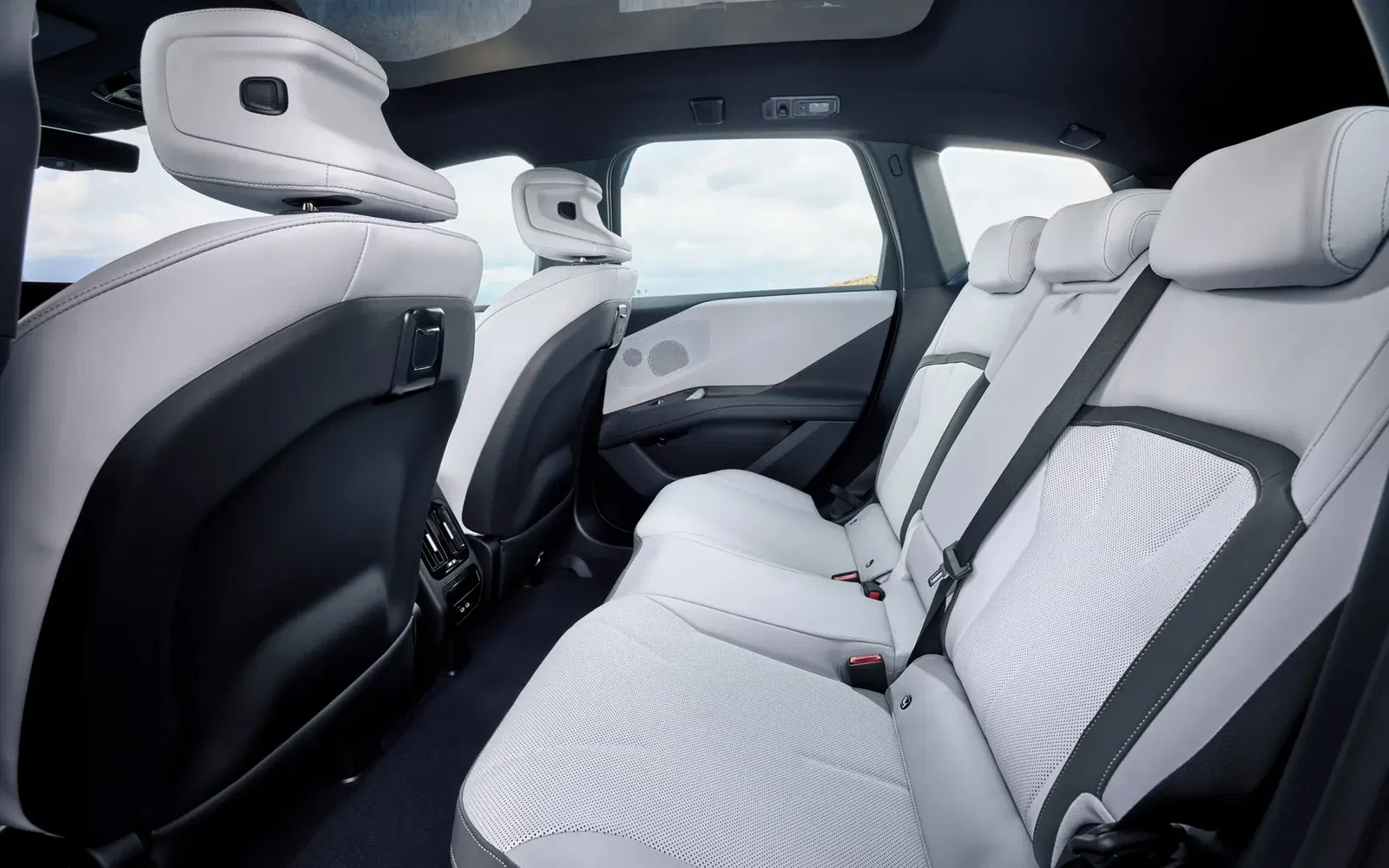
- Exterior Features
- New BMW design language with upright SUV proportions
- Vertically arranged LED headlights with dynamic light signature
- Illuminated kidney grilles referencing Neue Klasse heritage
- Drag coefficient: 0.24
- Standard 20-inch alloy wheels, optional 21–22 inch designs
- Panoramic glass sunroof with climate comfort glazing
- Nine exterior paint finishes available
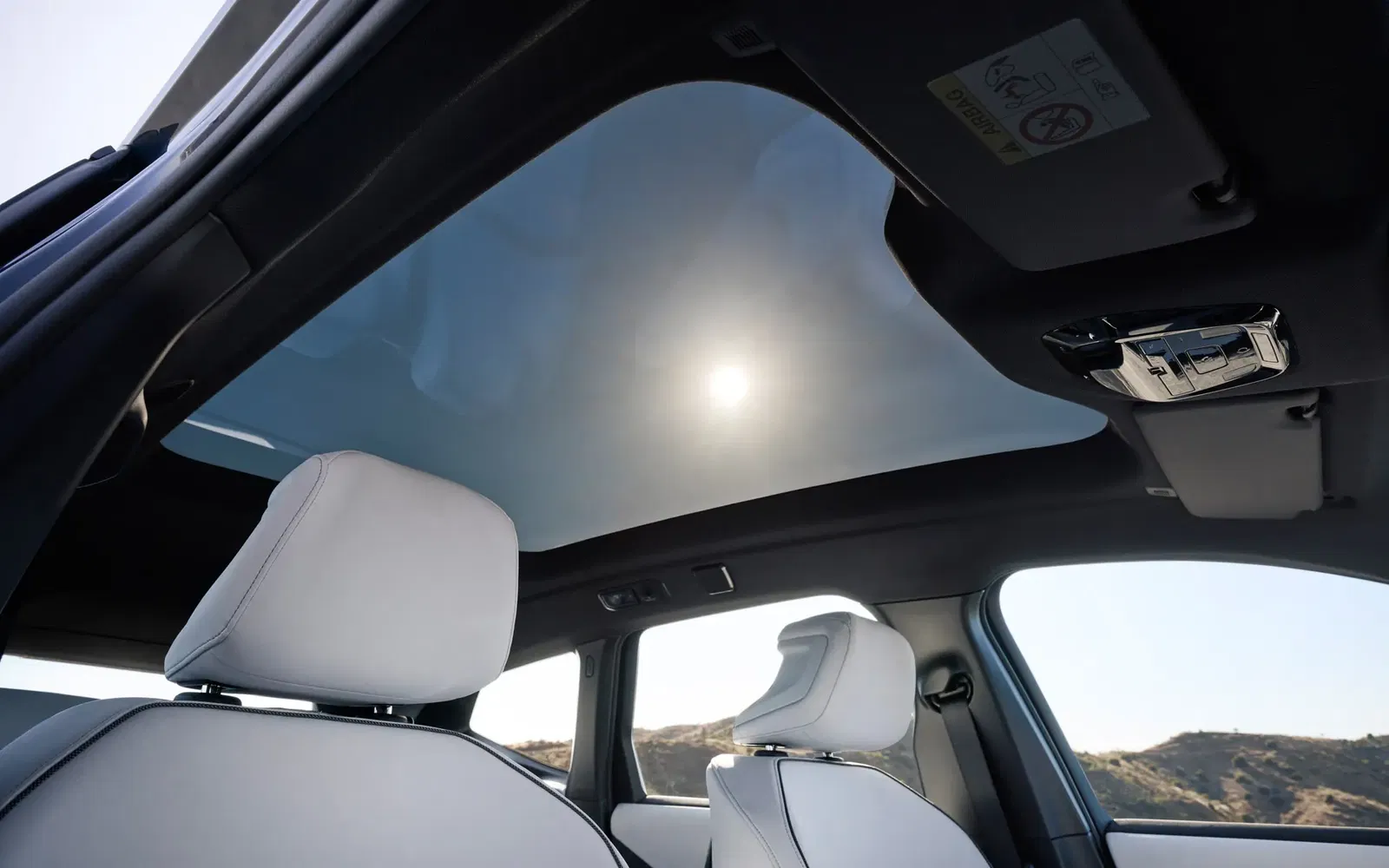
- Interior & Technology
- BMW Panoramic iDrive with Operating System X
- 17.9-inch central display angled toward driver
- Panoramic Vision projection across windscreen (43.3-inch span)
- 3D head-up display with integrated navigation
- Multifunction steering wheel with illuminated haptic buttons
- Heated, power-adjustable front seats
- Two-zone automatic climate control
- Wireless phone charging
- Apple CarPlay and Android Auto standard
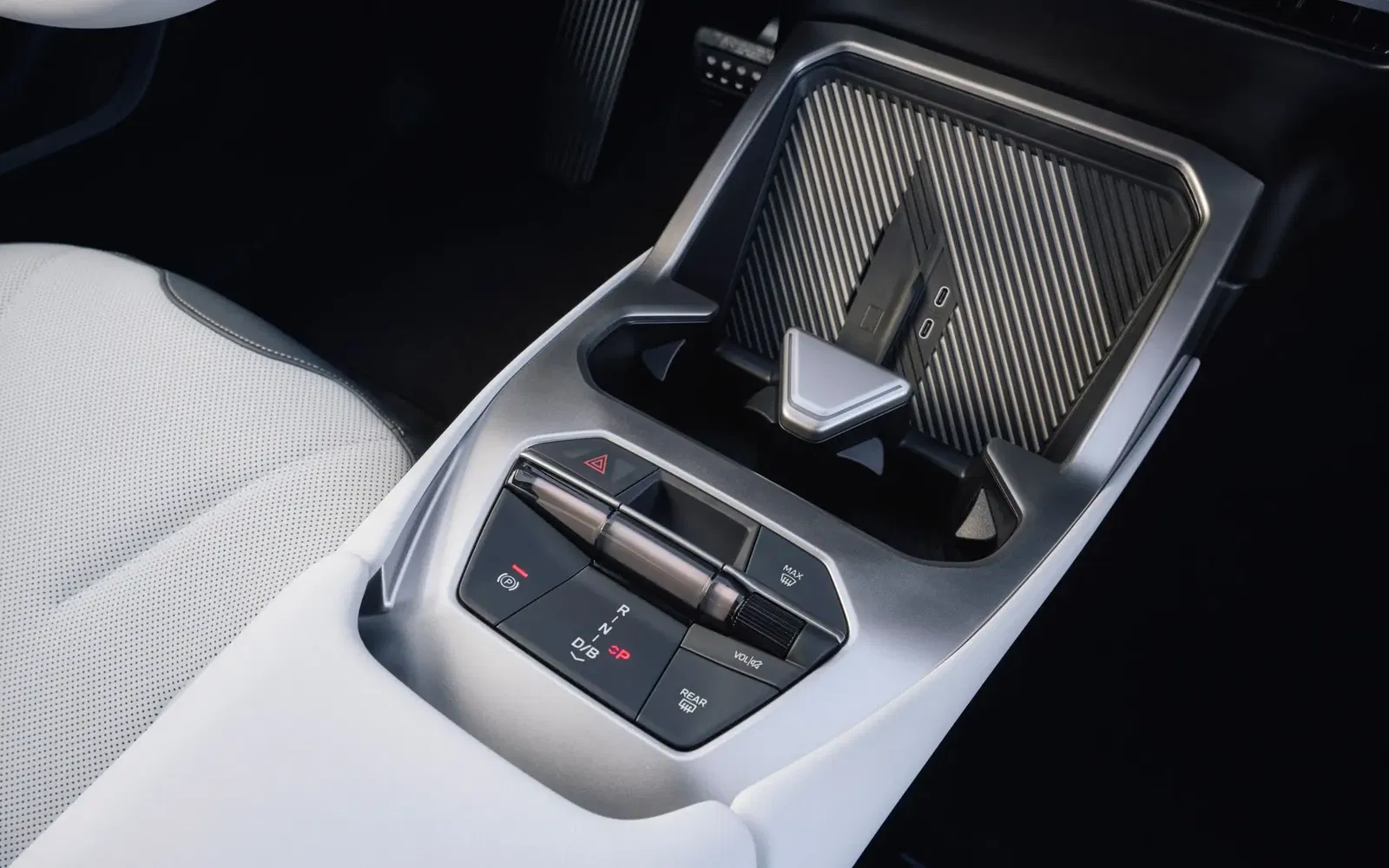
- Driver Assistance & Safety
- Adaptive cruise control with stop/go
- Front collision warning and lane departure warning
- Lane change warning and exit warning
- Automated parking with space recognition
- Four high-performance computers (“superbrains”) managing dynamics, ADAS, infotainment, and comfort
- Over-the-air software updates
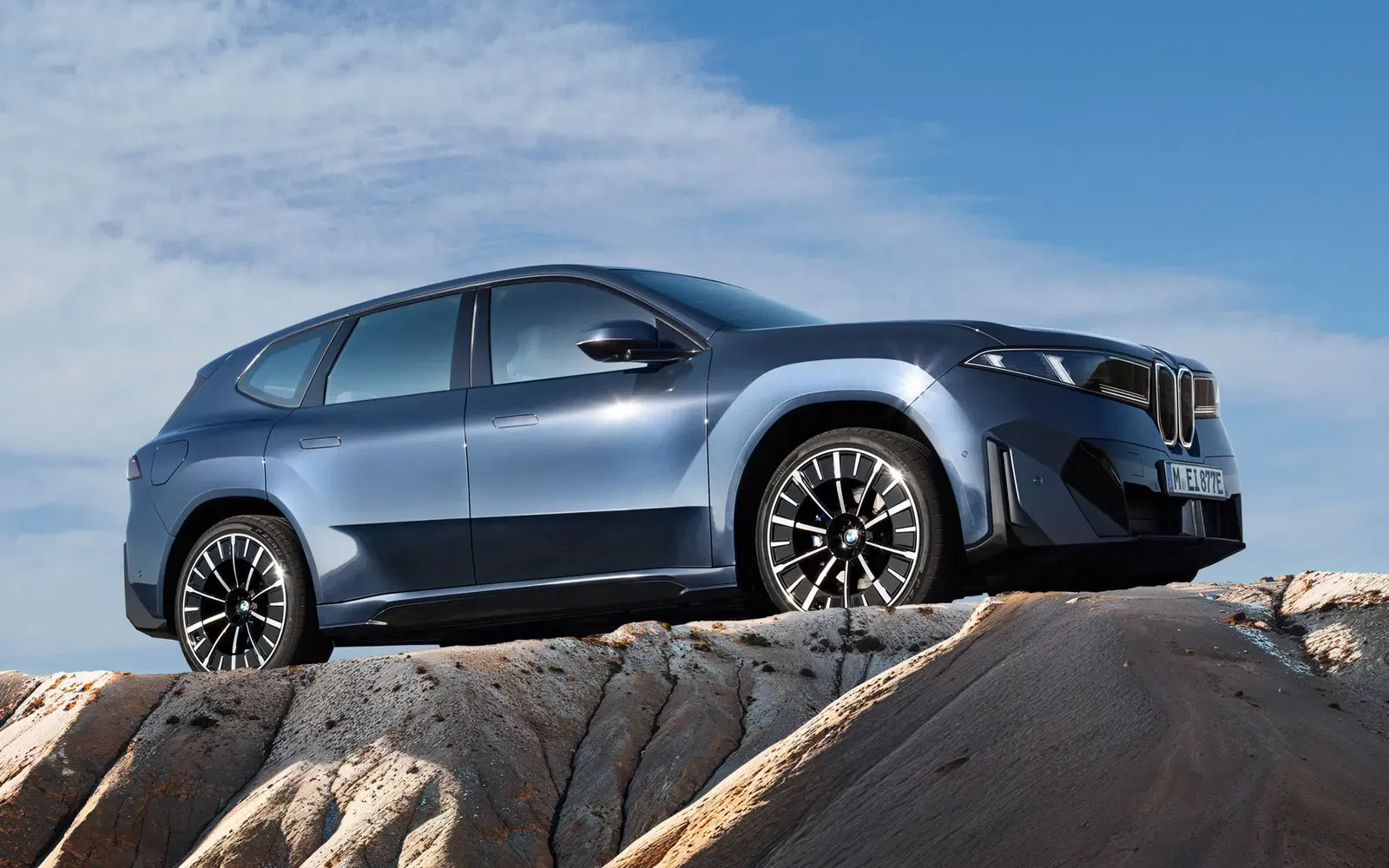
- Sustainability
- One-third of vehicle made from secondary raw materials
- Battery cells with 42% lower carbon footprint than Gen5 units
- Recycled marine plastics and secondary aluminium in components
- Leather-free interior standard, with optional Merino leather
- Production at Debrecen plant powered entirely by renewable energy
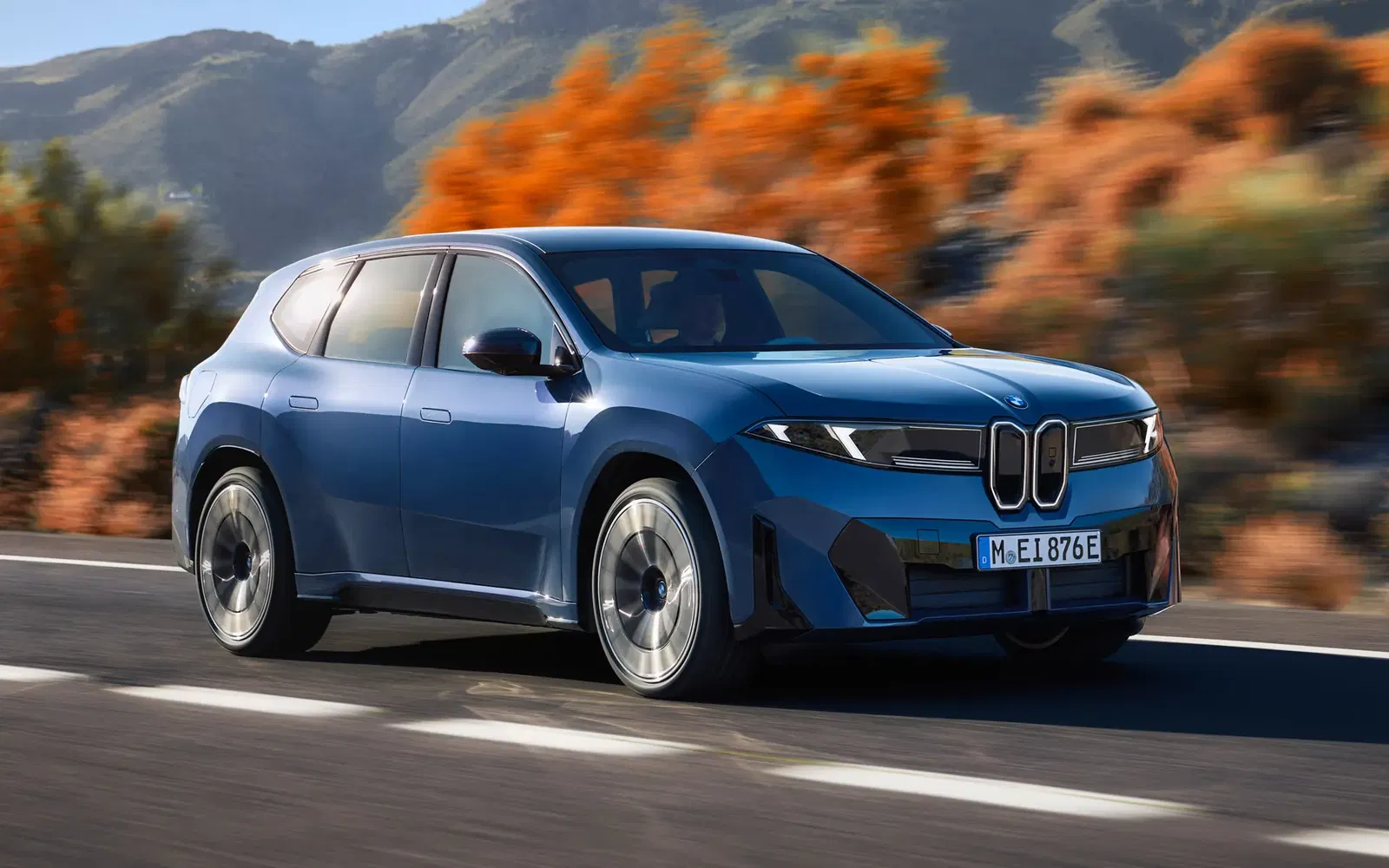
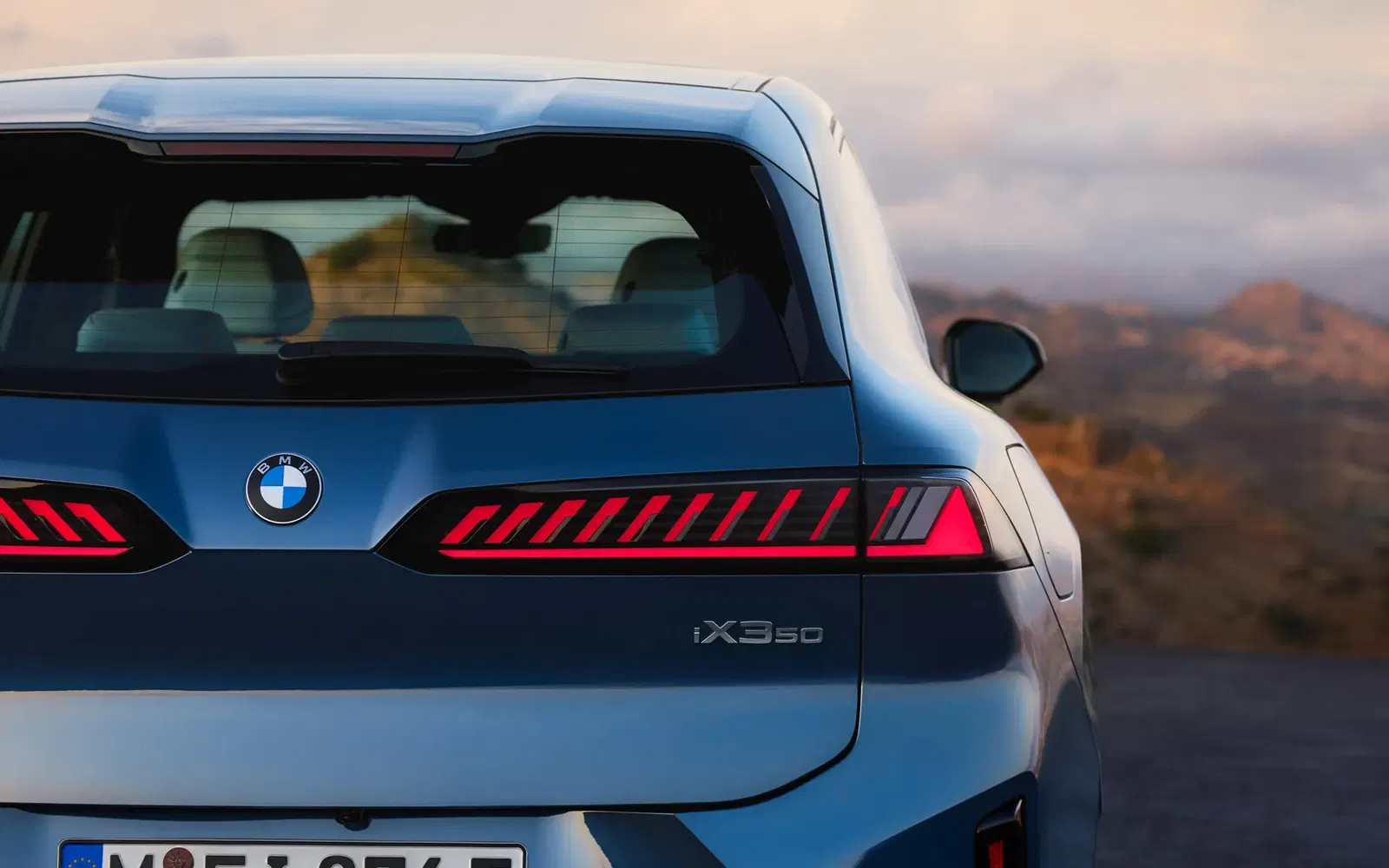
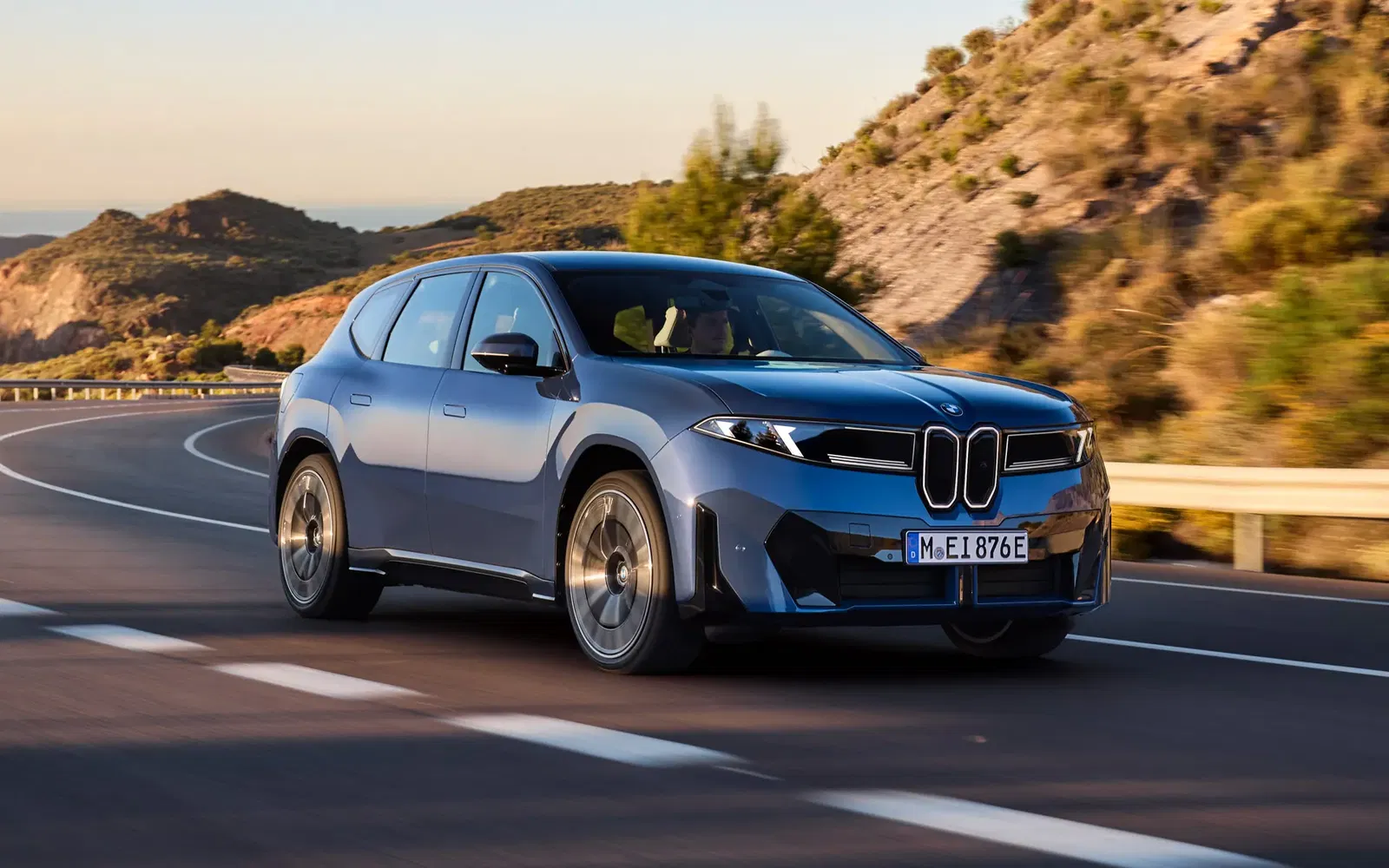
FAQ
When will the 2026 BMW iX3 arrive in Australia?
Australian production starts in early 2026, with first deliveries scheduled from mid-2026.
What is the driving range of the new BMW iX3?
The iX3 50 xDrive has a WLTP-rated range of up to 805km from its 108kWh battery.
How fast can the BMW iX3 charge?
It supports 400kW DC charging, allowing 10–80% charge in around 21 minutes, or ~350km of range in 10 minutes.
What are the power and performance figures?
The dual-motor iX3 50 xDrive produces 345kW and 645Nm, with a 0–100km/h time of 4.9 seconds and a top speed of 210km/h.
How much storage space does the BMW iX3 provide?
It offers 520L of boot space, expandable to 1,750L, plus an additional 58L of storage under the bonnet.
What sustainability measures are included in the new iX3?
Around one-third of the car uses secondary raw materials, the battery has a 42% smaller CO2 footprint, and production runs on renewable energy.
Sign up to our newsletter
Be the first to know when we drop new car reviews.
.avif)

